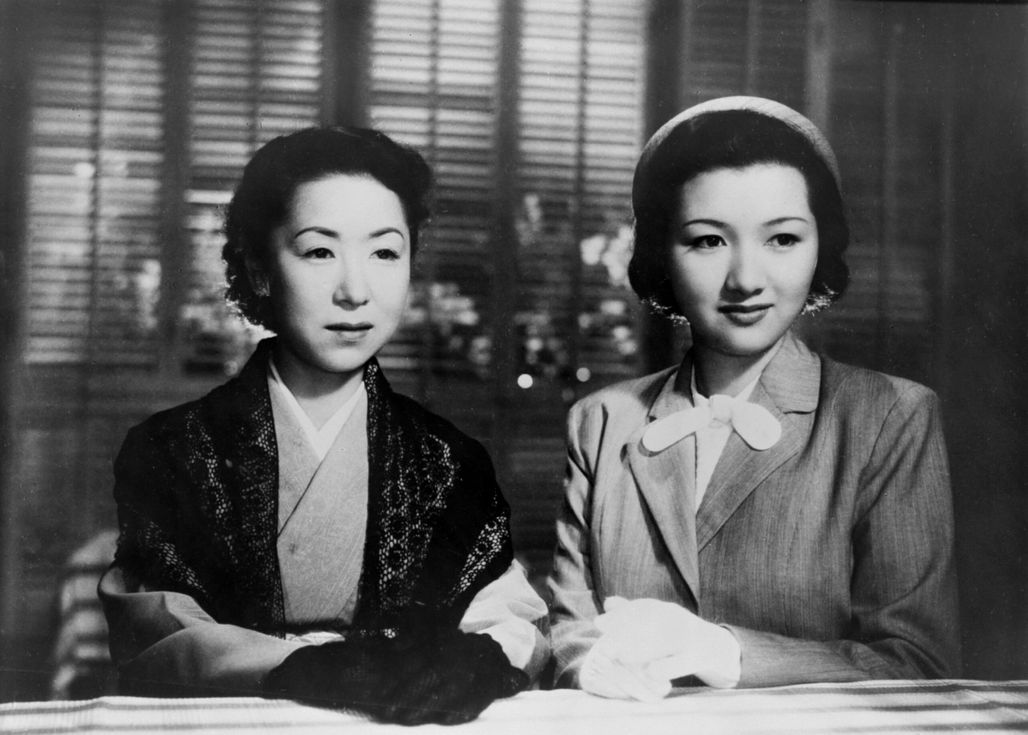
A tribute to Ozu in two acts: The Munekata Sisters

Cannes Classics pays tribute to the richness of the cinema of Yasujirô Ozu with two screenings today. After Record of a Tenement Gentleman, here is The Munekata Sisters, presented in 4K by Shion Komatsu, from the Toho production company.
Setsuko and Mariko, the Munekata sisters, are polar opposites. A kimono for the older, a short skirt for the younger, the first married young and breaks her back working at a bar, the other, more eccentric, takes advantage of life’s pleasures. The gulf between them shrinks when Hiroshi, an antiquarian and the love of Setsuko’s youth, returns to Japan. Convinced that there are still feelings on both sides, Mariko commiserates with Hiroshi with the aim of getting closer to her sister.
This conflict between two sisters, between two identities, is the same conflict that runs through the filmmaker’s works. In the 1910s, when he was ten years old, his taste for cinema was cultivated in the light of Western films and he would later say that Ernst Lubitsch was his favourite director. Little by little, Ozu freed himself from his influences and his style came to light. The director is one of the figureheads of shomin-geki, a characteristically Japanese neo-realist style, focused on the middle class and filmed with a low camera, at the same height as seated people.
When the Munekata Sisters was released in 1950, Ozo had already made around 40 films. In this feature film, where modernity is opposed to tradition, the two end up in dialogue. While it draws from Chinese motifs, the furniture, the imagery, it prefers, for example, to use Western music. This film tells of the inner conflicts of isolated characters and ends by reconciling them, before finding their own paths.
A presentation of Toho. Digital restoration by Toho Co., Ltd. 4K restoration carried out at Tokyo Laboratory Ltd. from the 35mm master positive provided by Toho. Distribution in France: Carlotta Films.



